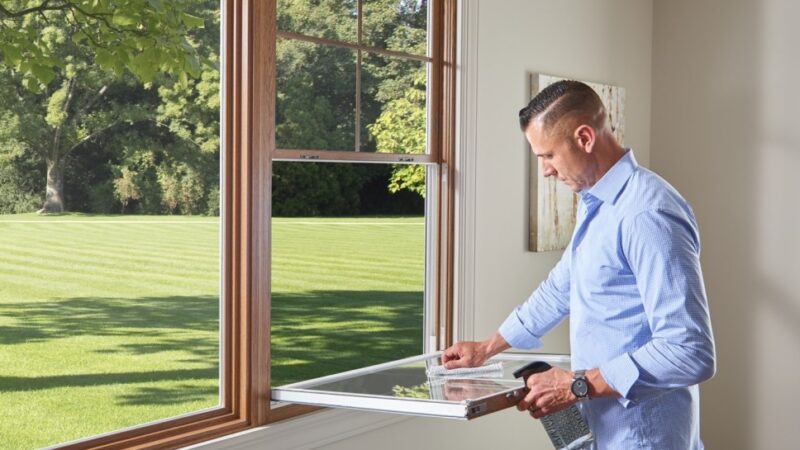Planning for Bathroom Remodeling: Remember These Points

Here we are breaking down a little thing you need to understand about pipes into bite-size items. Continue reading for some surprises!
- Restroom remodel: Sorts of pipes
In the past, most shower room plumbing pipes were made from galvanized metal or cast iron. However, these pipelines will not collaborate with a number of the popular, water-saving arrangements like state, low-flow toilets. Low-flow commodes will save concerning 17,000 gallons of water annually. Note: Flushing a conventional bathroom utilizes concerning 38% of an ordinary house’s water. The catch is, they call for PVC, or polyvinyl chloride; or PEX, or cross-linked polyethylene pipes. However, upgrading to these sorts of pipelines is both easy, as well as affordable.
If you are searching for more information, please click on the link.
- Pipes can impact the format of a bathroom
The existing water and drainpipe lines in your restroom normally dictate the location of components in your renovation. You can move pipes as well as drain pipes, although it’ll cost you, some relocations may be impossible.
For instance, you may be fantasizing about a huge bathtub right alongside the restroom window.
However, if the piping won’t permit this configuration, then you will need to reconsider the whole format. This all comes down to drain pipeline access gain. While it’s generally possible to transfer a huge fixture, the supporting joists beneath the washroom flooring typically cannot be cut in order to mount new drains.
Click here to get more information.
- Keep an eye out for water pressure
The bright side is that there’s something called the National Pipe Thread, which is a typical dimension for a suitable that connects rigid pipelines such as showerheads to the shower arm pipeline in your shower. That implies if you’re changing a shower head, many fixtures around will fit the existing pipeline.
The bad news? That new showerhead might not work with your existing water pressure. New showerheads are now needed to limit water circulation as well as deliver less than 2.5 gallons per minute. So, if you have low pressure of water, as well as add a new water-saving showerhead, you may be soaping up under a flow. To prevent this travesty, have your house’s water pressure examined prior to you get your devices.







